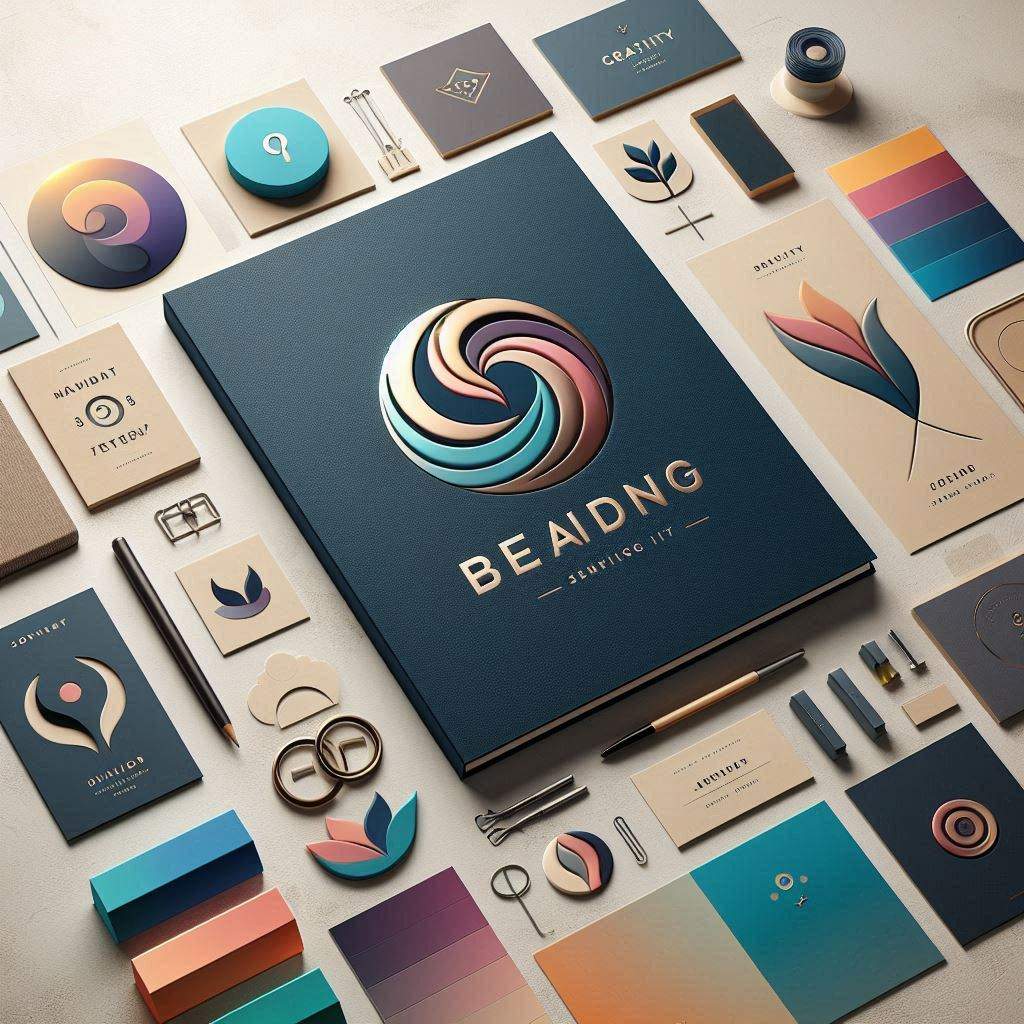Understanding Brand Identity: Crafting a Memorable Brand with Visual, Verbal & Sonic Assets
Discover how brand identity—including visual, verbal, and sonic assets—shapes your brand’s success. Learn from Netflix, Nokia, and more. Pixsools explains it all.
Understanding Your Brand Identity: The Heartbeat of Your Business
Your brand is more than a logo or tagline—it’s the soul of your business. Brand identity is how your company looks, speaks, sounds, and feels to your audience. At Pixsools, a leading experience agency specializing in branding, web design, events, and marketing, we believe a strong identity blends visuals, messaging, and even sonic assets to create unforgettable experiences. Let’s break down what it means, why it matters, and how iconic brands like Netflix and Nokia get it right.
What Is Brand Identity?
Brand identity is the collection of visual, verbal, emotional, and sonic elements that define your brand’s personality. It’s the tangible expression of your brand strategy—the blueprint for how you want audiences to perceive you.
Key Components of Brand Identity:
- Visual Identity: Logos, colors, typography (e.g., Coca-Cola’s iconic red and cursive font).
- Verbal Identity: Tone, taglines, and storytelling (think Nike’s “Just Do It”).
- Emotional Identity: Values and mission (Patagonia’s commitment to sustainability).
- Sonic Identity: Sounds, jingles, or audio logos (e.g., Netflix’s “ta-dum” intro or Nokia’s classic ringtone).
Brand Identity vs. Brand Strategy: Two Sides of the Same Coin
- Brand Strategy: The “why” behind your brand (goals, audience, positioning).
- Brand Identity: The “how” that brings the strategy to life.
For example, Netflix’s strategy focuses on delivering global entertainment. Its identity—minimalist red/black visuals, a bold tone, and the instantly recognizable “ta-dum” sound—reinforces that mission.
How Brand Identity Shapes Your Communication Strategy
Every touchpoint, from ads to apps, must reflect your identity. Consider sonic branding:
- Netflix’s “ta-dum” sound plays before every show, creating consistency across its platform.
- Nokia’s classic ringtone became so iconic it’s ingrained in pop culture.
Without cohesive visuals, tone, and sound, your messaging feels disjointed.
Who’s Involved in Building a Brand Identity?
Creating a brand identity requires collaboration. Key roles include:
- Brand Strategist: Defines the strategy and oversees sonic/visual alignment.
- Graphic Designer: Crafts logos, color palettes, and imagery.
- Copywriter: Develops the brand voice and messaging.
- Sound Designer: Creates sonic assets (jingles, audio logos).
- Web Designer: Ensures digital platforms align with the brand’s look and feel.
- Marketing Manager: Maintains consistency across campaigns.
At Pixsools, our teams collaborate to ensure every detail—from your website’s typography to the music at your corporate event—tells a unified story.
5 Benefits of a Strong Brand Identity
- Instant Recognition:
- Visual: Coca-Cola’s red can is spotted instantly.
- Sonic: Netflix’s “ta-dum” is recognized in milliseconds.
- Builds Trust: A polished identity signals professionalism (think Apple’s sleek design).
- Differentiates You: Nokia’s retro ringtone set it apart in the early mobile era.
- Drives Loyalty: Emotional connections turn customers into advocates (e.g., Disney’s nostalgic music).
- Streamlines Marketing: Clear guidelines save time and reduce creative guesswork.
Why Partner with Pixsools?
We blend creativity and strategy to craft identities that resonate across all senses. Whether you’re a startup needing a logo and sonic logo or a corporation planning a branded event, our services—from web design to media production—ensure every detail aligns with your brand’s essence.
Final Thoughts
Your brand identity isn’t just what people see—it’s what they hear, feel, and remember. By investing in a cohesive identity (yes, even the sounds!), you build a legacy that cuts through the noise.
Ready to create a brand that looks, speaks, and sounds like you? TALK TO US

